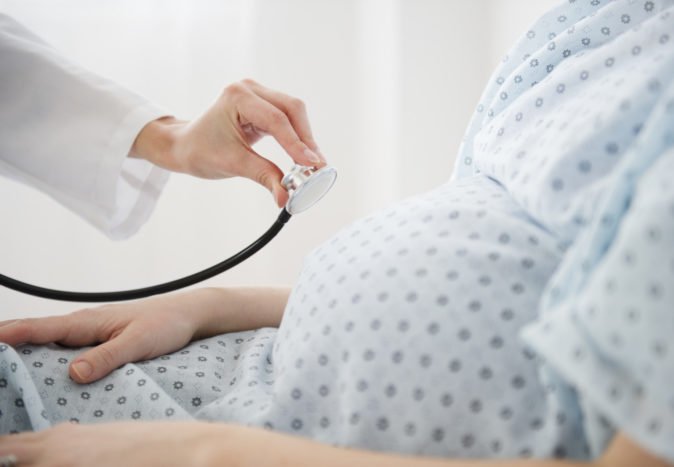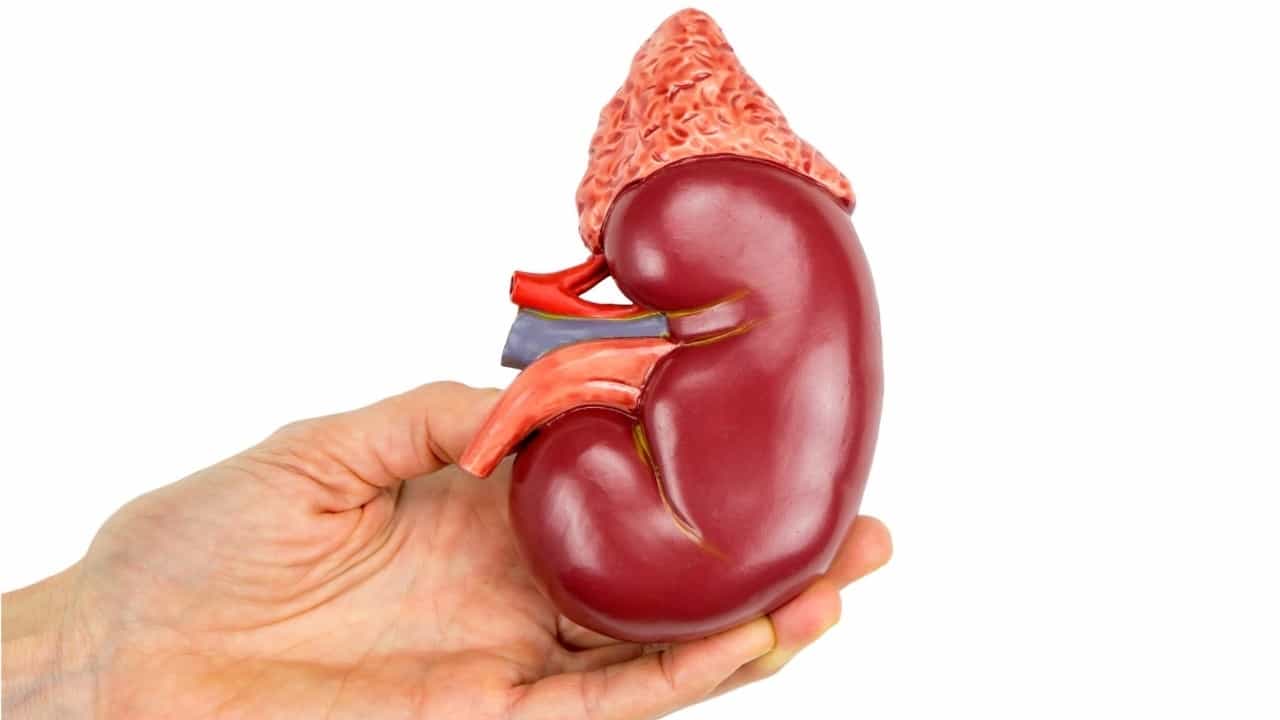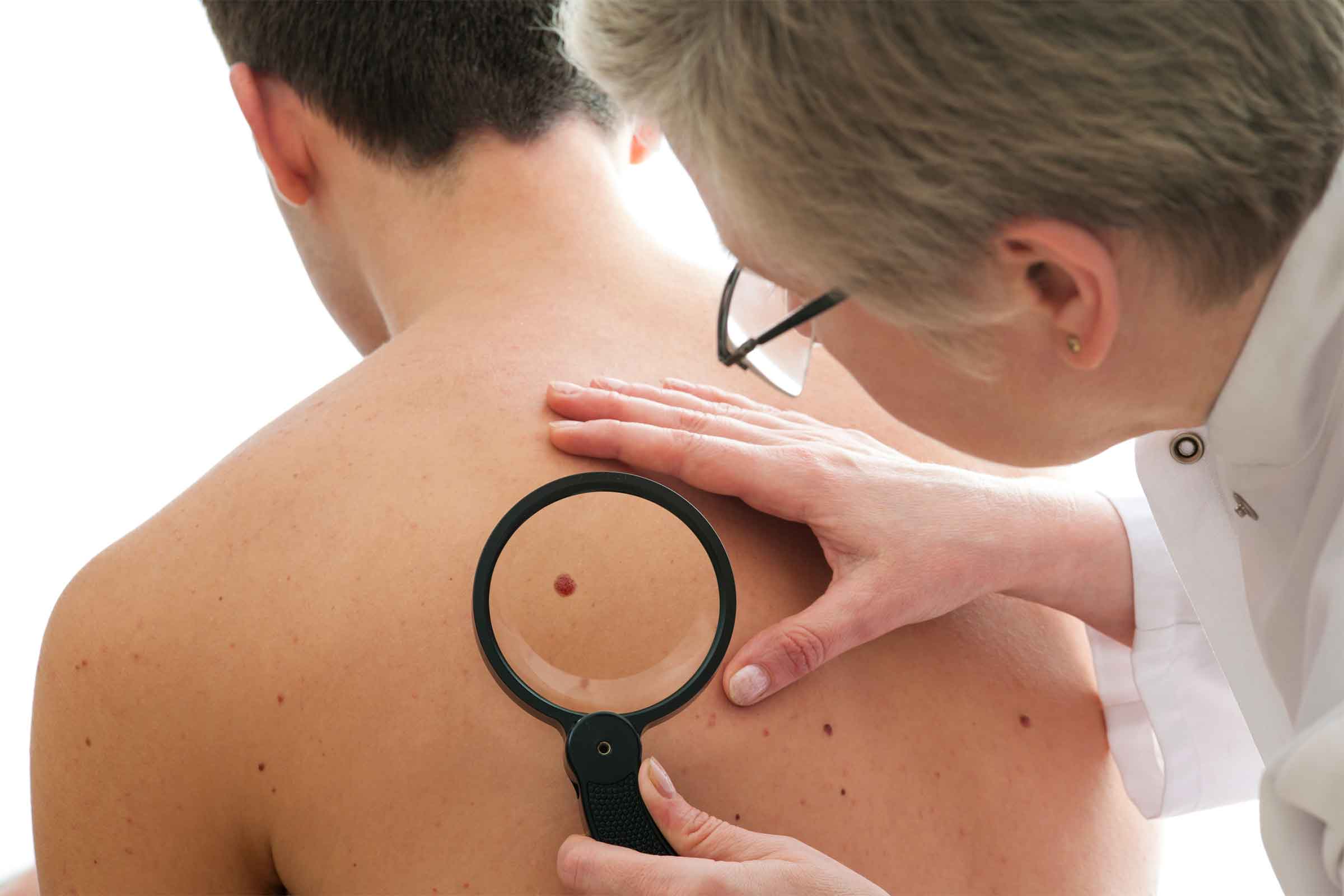Contents:
- Medical Video: How Dangerous Are Abortions For Women?
- 1. Abortion with methorexate and misoprostol
- 2. Medical abortion
- 3. Vacuum aspiration abortion
- 4. Dilation and evacuation
- 5. Induction abortion
Medical Video: How Dangerous Are Abortions For Women?
Abortion is a medical procedure performed to end a pregnancy. The decision to terminate a pregnancy cannot be arbitrary and must be done by an obstetrician who has an official practice permit with standard operating procedures. Abortions are also carried out in various types based on when an abortion is performed. This is a full review of the type of abortion.
Based on the type of treatment, abortion is divided into two, namely abortion with pills and abortion with the operating method. Pill abortion is done by drinking or entering drugs into the body to end the pregnancy. While surgical abortion is done by injecting anesthesia first, then do the withdrawal or removal of tissue with a special tool. Besides being based on the tools, every gestational age can be done differently.
1. Abortion with methorexate and misoprostol
The type of methorexate and misoprostol abortion is a method used when the womb is 7 weeks old.
Basically, methorexate is a cure for cancer. This drug is used because of the way it works which can stop cells from growing. Pregnant women who take this medicine will divide the embryonic cells so that they no longer develop. Doctors rarely prescribe methorexate to have an abortion, usually this drug is prescribed if you have a pregnancy outside the womb (an ectopic pregnancy).
While misoprostol will work by stimulating contractions in the uterus. That way, misoprostol will help push the embryo tissue out.
2. Medical abortion
Medical abortion is done by using two drugs in the form of pills, namely mifepristone (Mifprex) and misoprostol (Cytotec). Both of these drugs work together to end pregnancy by inhibiting the action of the hormone progesterone needed by the embryo to grow and develop. This drug also will make the uterus contract more and push the embryo tissue out.
This type of abortion is a method that can be used from the beginning of pregnancy until the age of pregnancy enters the 10th week. The drug can be taken directly orally or inserted into the vagina. You will feel cramps and heavy bleeding comes out after 1-4 hours of taking misoprostol.
This abortion is not intended for everyone. If an abortion is really needed for the health of the mother and baby, the doctor will check the condition first. Your doctor will advise you not to do this method if:
- You have liver, kidney, or lung disease
- You have a bleeding disorder or are taking blood thinners
- Allergy to the drug
- You have been taking corticosteroid medication for a long time
- You have a pregnancy outside the uterus (ectopic pregnancy)
- You are using a spiral KB / IUD
3. Vacuum aspiration abortion
This type of abortion can be done during the first trimester (12 weeks of pregnancy) or when the womb is around the beginning of the second trimester (around 12-16 weeks of gestation).
This method cannot be done in all cases. If the condition of the uterus is abnormal, pregnant women experience blood clotting disorders, pelvic infections, then they cannot do this procedure.
This method works by sucking the fetus and placenta out of the uterus using a tool. This procedure should only be done by a trained doctor, in a hospital.
This type of abortion is not painful, but you may feel stomach cramps because the uterus will contract when the tissue is removed. This procedure is usually carried out for approximately 10 minutes.
4. Dilation and evacuation
Dilation and evacuation (D & E) is a procedure of abortion performed in the second trimester, or usually after the age of the womb past 14 weeks. This abortion is recommended for pregnancy cases because the physical condition of the fetus is very severe or there are special medical problems.
D & E is a procedure that combines vacuum aspiration, forceps (special clamping device), and curettage dilation. On the first day, the doctor will make the cervix widen to more easily remove the pregnancy tissue.
On the second day, the doctor uses a forcep to remove the fetus and placenta, and will use a spoon-like device called a curette to erode the uterine lining. This procedure will be painful, but the doctor will give medication to reduce the pain.
5. Induction abortion
This induction abortion is done specifically in the second trimester or in pregnancies up to 24 weeks. Induction abortion is also an option for people who can no longer do D & E procedures.
This abortion is done by using drugs and embryo withdrawal. First, the doctor will give the medicine first to stimulate the uterus to contract. Then use a suction device or curette to clean the uterus.
You will feel stomach cramps that are very intense when contracting. However, you are usually given a sedative or epidural to relieve pain.

















